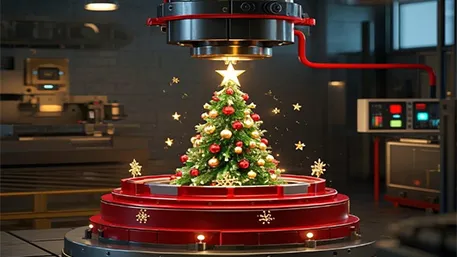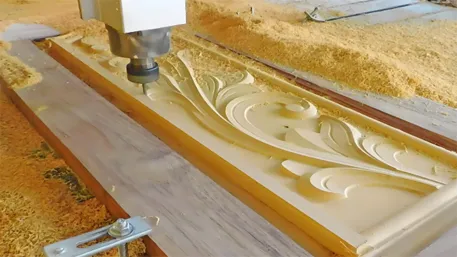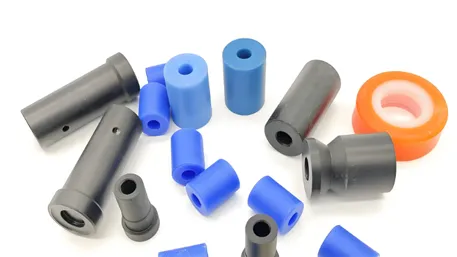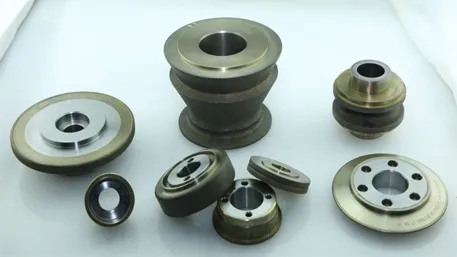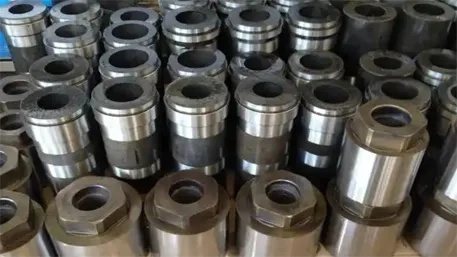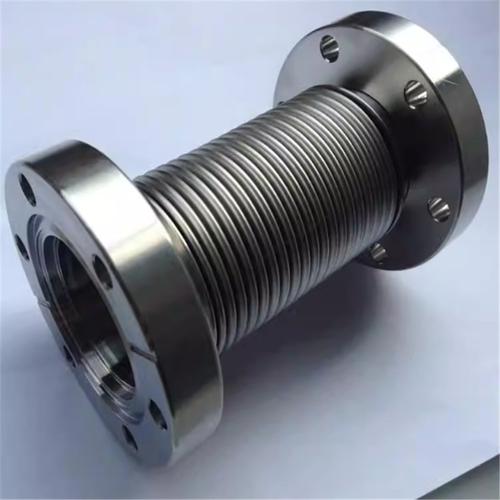In the medical field, every part carries the important mission of saving lives and promoting recovery. CNC medical parts, as the core component of modern medical equipment, are bringing revolutionary changes to the medical industry with their unparalleled precision and reliability.
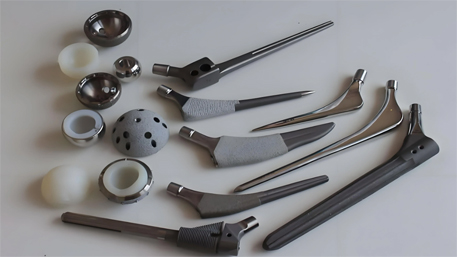
Our CNC medical parts are meticulously crafted by the most advanced CNC technology. Every detail has undergone strict design and repeated verification to ensure stable operation in the most demanding medical environment.
Adopting high-precision processing techniques, these parts can achieve micron-level accuracy, providing a solid guarantee for the accuracy and stability of medical equipment. Whether it is the precision sensor used in diagnostic equipment or the key component in treatment equipment, our CNC medical parts can meet the needs of medical professionals with outstanding performance.
High-quality materials that meet medical industry standards are selected, featuring excellent biocompatibility and corrosion resistance to ensure safety and harmlessness when in contact with the human body. At the same time, these materials can also withstand frequent disinfection and cleaning processes and maintain long-term stable performance.
We are well aware of the extreme requirements for quality and reliability in the medical industry. Therefore, from raw material procurement to production and manufacturing, and to the final quality inspection, every link follows a strict quality management system to ensure that every CNC medical part meets or exceeds international standards.
Not only that, but we also provide customized services. According to your specific needs, we tailor unique CNC medical part solutions for you. Whether you are a medical device manufacturer or the technical maintenance team of a medical institution, we can work closely with you to provide you with the best products and services.
Processing Precision Requirements
The precision requirements of medical parts are extremely high, usually reaching the micron level. For example, orthopedic implants have very small dimensional tolerances to ensure precise combination with human bones; and cardiovascular stents, whose size and shape accuracy directly affect the implantation effect and hemodynamic performance in blood vessels.
Material Characteristics and Selection
Biocompatibility: Materials such as titanium alloys, medical stainless steel, PEEK, etc. are often selected. Titanium alloys have high strength, good corrosion resistance and excellent biocompatibility, and are widely used in orthopedic implants and medical device components; medical stainless steel has good strength and corrosion resistance and is often used in surgical instruments, etc.
Material Stability: Ensure the stability of material properties during the processing. For example, some medical plastics are prone to deformation at high temperatures, and the processing temperature needs to be strictly controlled.
Tool Selection and Use
High-precision tools: Use tools with high precision and high rigidity to ensure processing precision and surface quality. For example, micro-diameter end mills can be used to process tiny and precise parts, and their diameter accuracy can reach ±0.005mm.
Tool coating: Adopt appropriate tool coatings, such as TiAlN coating, which can improve the hardness, wear resistance and lubricity of the tool, reduce cutting force and cutting temperature, extend tool life and improve processing efficiency.
Processing Technology Optimization
Cutting parameters: According to the material and part characteristics, reasonably select cutting speed, feed rate and cutting depth. For titanium alloy materials with high hardness, it is advisable to adopt lower cutting speed and feed rate to reduce cutting force and tool wear.
Cooling and lubrication: Use cutting fluids or coolants that meet medical-grade standards for sufficient cooling and lubrication to prevent overheating and deformation of parts and tool wear, while avoiding contamination of the parts.
Tool path: Generate optimized tool paths through CAM software to reduce the idle travel of the tool and sudden changes in cutting force, improve processing efficiency and surface quality. For complex curved surface parts, multi-axis linkage processing can be adopted to ensure the accuracy and smoothness of the curved surface.
Fixture Design and Use
Positioning accuracy: Fixtures should have high-precision positioning benchmarks to ensure the positional accuracy of the parts during processing. For example, the positioning method of one surface and two pins can restrict the six degrees of freedom of the parts to achieve accurate positioning.
Clamping force control: Reasonably control the clamping force to ensure that the parts do not shift or loosen during processing, and at the same time avoid excessive clamping force causing part deformation. Hydraulic or pneumatic clamping devices can be used to achieve precise control of the clamping force.
Quality Inspection and Control
Dimensional inspection: Use precise measurement equipment such as coordinate measuring machines to conduct comprehensive dimensional inspections of the processed parts to ensure that the dimensional accuracy of the parts meets the design requirements.
Surface quality inspection: Check the surface roughness, scratches, cracks and other defects of the parts through equipment such as optical microscopes and electron microscopes. For parts with high surface quality requirements, such as artificial joints, surface polishing treatment is required to improve their surface smoothness.
Material performance inspection: Conduct material performance tests on the processed parts, such as hardness, tensile strength, fatigue strength, etc., to ensure that the material performance of the parts meets medical standards.
Processing Environment Requirements
Cleanliness: The processing workshop should maintain a high level of cleanliness to prevent dust, impurities and other contaminants from polluting the parts. Air purification equipment can be used to control the number of dust particles in the workshop.
Temperature and humidity: Maintain stable temperature and humidity in the processing environment to avoid part deformation and machine tool accuracy reduction due to temperature and humidity changes. Generally, the temperature is required to be controlled at 20℃ – 25℃ and the relative humidity at 40% – 60%.
Choosing our CNC medical parts means choosing the forefront of medical technology and choosing respect and guardianship for patients’ lives. Let’s join hands, promote the development of the medical industry with precision manufacturing, and contribute to the cause of human health!

